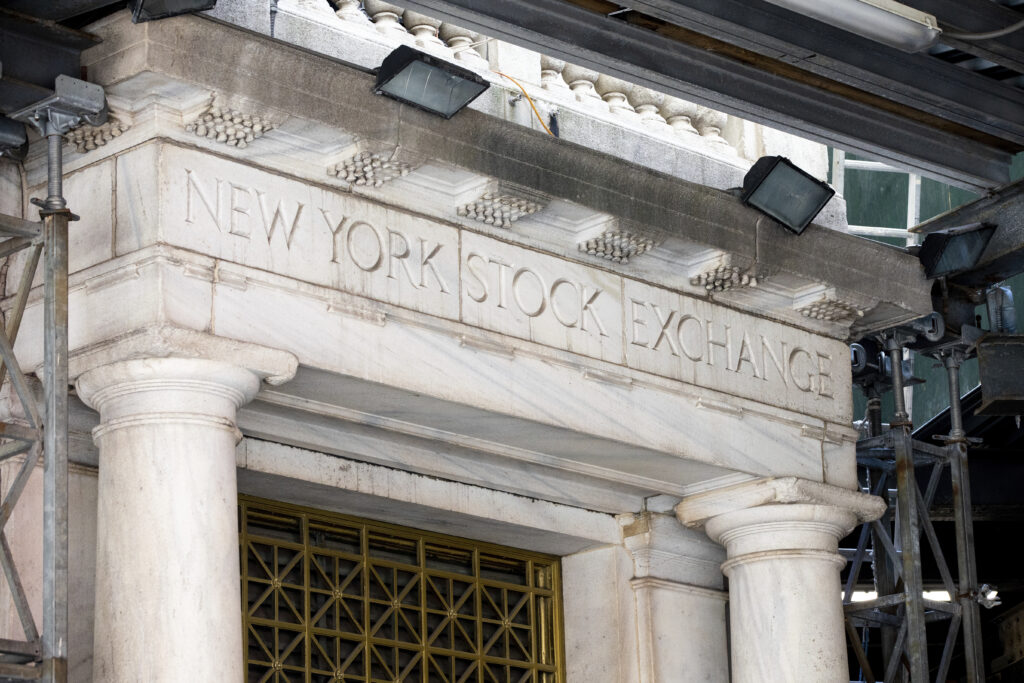Stocks fall as Fed signals rates need to go still higher
Newslooks- NEW YORK (AP)
Stocks fell broadly on Wall Street Thursday and Treasury yields rose after more indications from the Federal Reserve that it may need to raise interest rates much higher than many people expect to get inflation under control.
The S&P 500 fell 1% as of 10:19 a.m. Eastern. The Dow Jones Industrial Average fell 246 points, or 0.7%, to 33,312 and the Nasdaq fell 1%.
Bond yields rose and hovered around multidecade highs. The yield on the two-year Treasury note rose to 4.45% from 4.37% late Wednesday. The yield on the 10-year Treasury rose to 3.79% from 3.69% late Wednesday.
The Fed has been raising rates aggressively in order to tame inflation by applying the brakes to the economy. Investors have been hoping that more signs of easing inflation could help the central bank shift to less aggressive rate increases.
The central bank, though, has been clear about its intent to keep raising rates, possibly to unexpectedly high levels, to tame inflation. James Bullard, who leads the Federal Reserve Bank of St. Louis, reaffirmed that position in a presentation on Thursday.
The Fed has already raised its short-term rate to a range of 3.75% to 4%, up from nearly zero as recently as last March. Bullard suggested that the rate may have to rise to a level between 5% and 7% in order to quash stubbornly hot inflation.
The assessment comes on the heels of reports showing that inflation is starting to ease somewhat, but still remains extremely hot as consumers continue spending amid a very strong jobs market. Strong spending and employment remain a potential bulwark against the economy slipping into a recession. It also means the Fed will likely remain aggressive and raises the risk that it will hit the brakes hard enough on the economy to actually bring on a recession.
Outside of concerns about inflation, the market is also worried about Russia’s war in Ukraine and lockdowns in China hurting the global economy.
The conflict in Ukraine has been weighing on the energy sector and any worsening could cause spikes in prices for oil, gas and other commodities that the region produces. U..S. oil prices rose 2.1%
China’s “zero-COVID” approach has caused a supply crunch for some of Asia’s biggest manufacturers, denting economic growth.
Markets in Asia and Europe fell.







